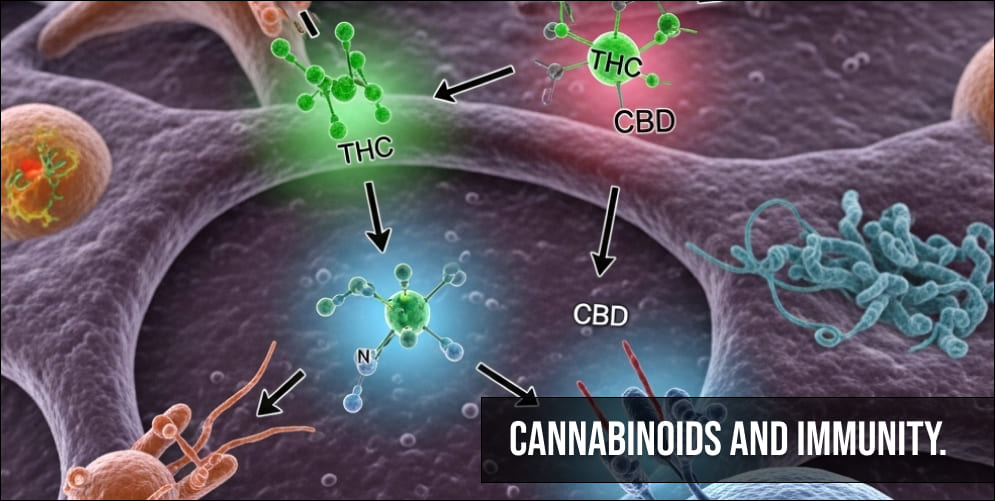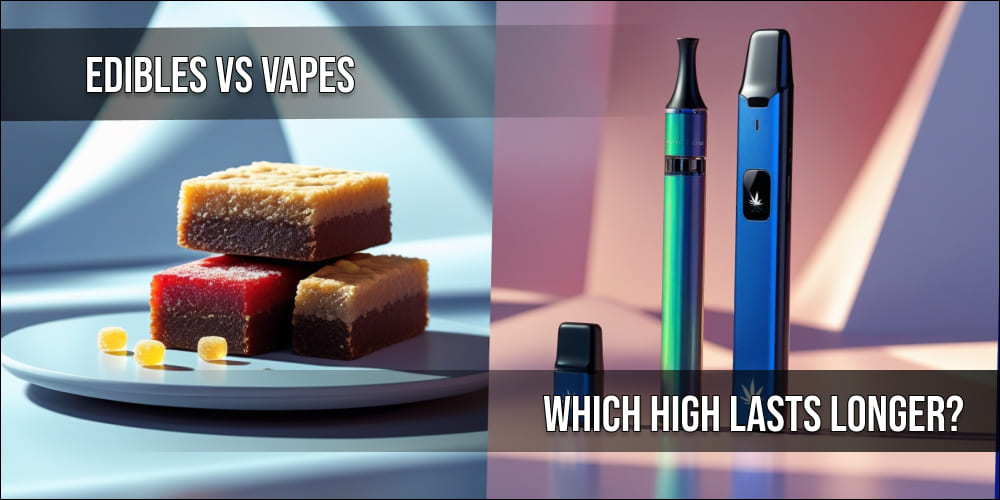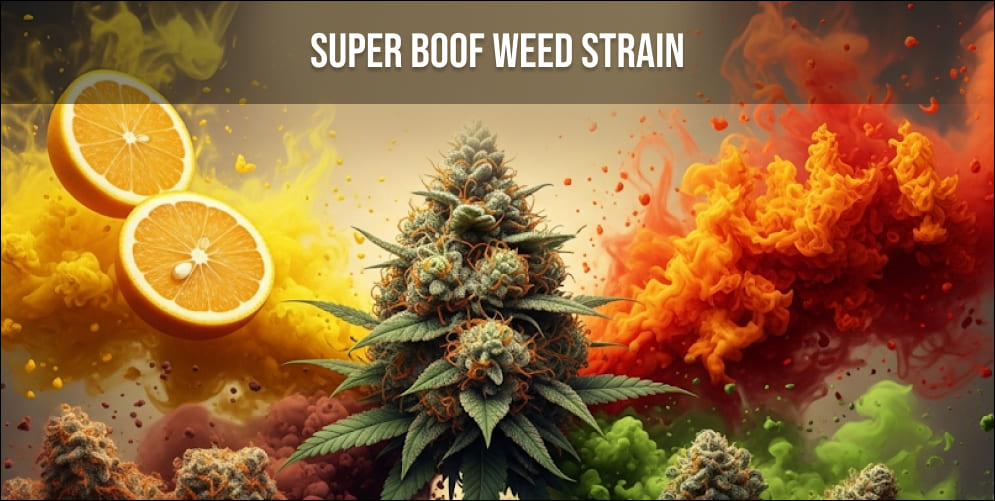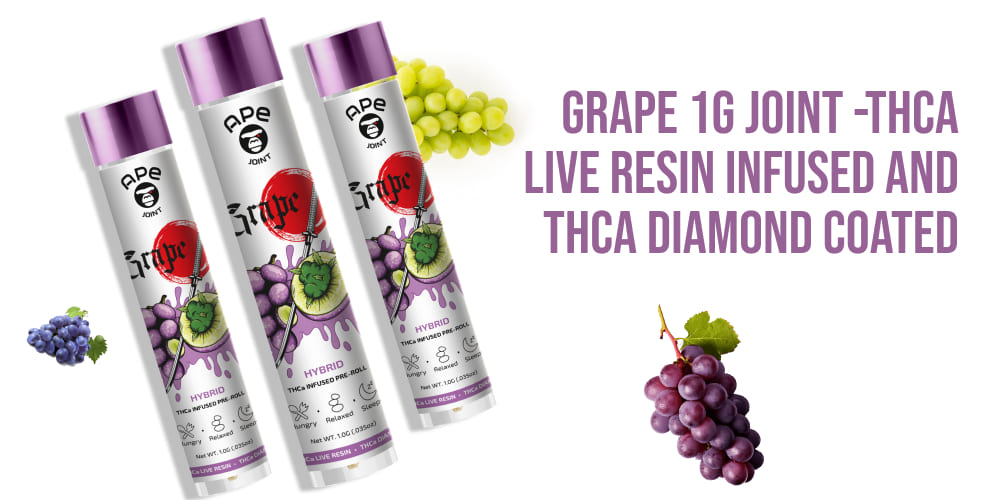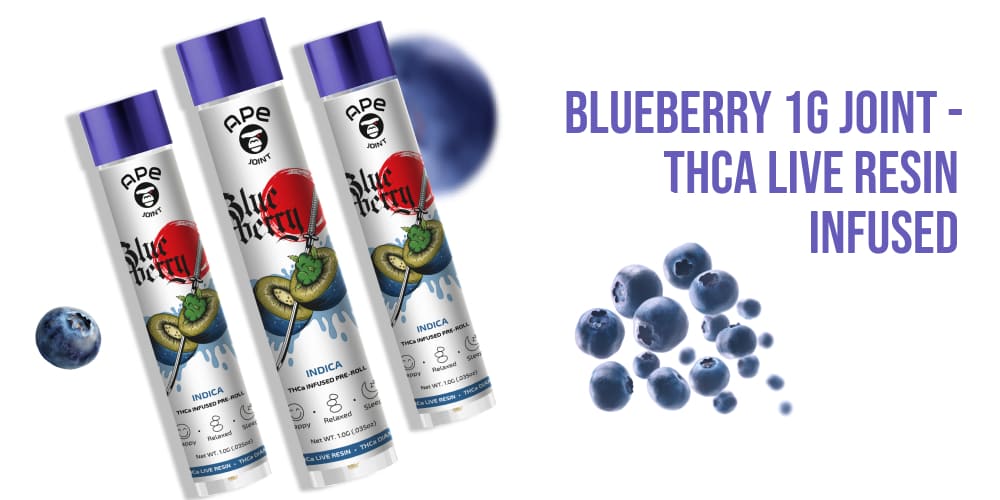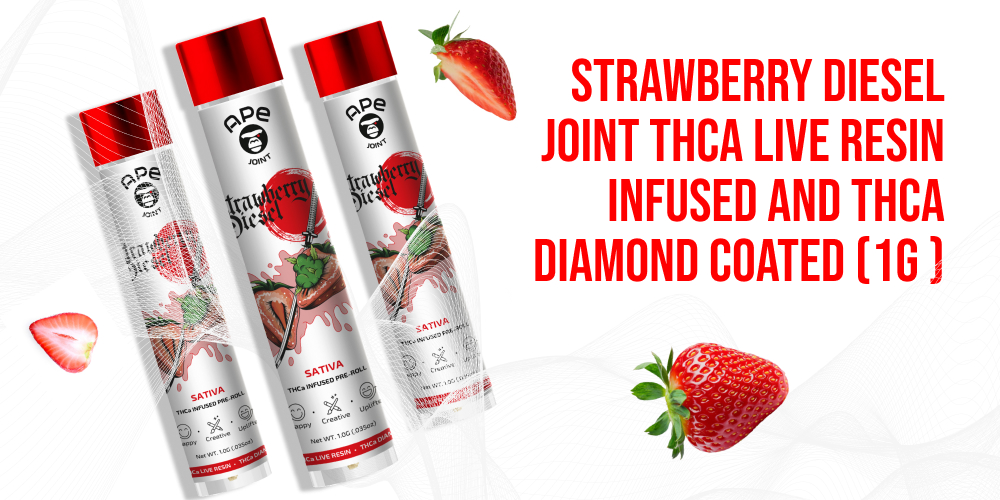Cannabis Secondhand Smoke: Can You Get High?

Cannabis Secondhand Smoke and its potential effects have become a topic of increasing relevance and interest in today’s context, where the legalization and use of cannabis are becoming more widespread. This subject captures the attention not only of casual observers and users of cannabis but also holds substantial implications for public health policies, workplace regulations, and individual decision-making processes. .
This article aims to explore the various dimensions of this issue, encompassing the scientific, legal, and social perspectives. It seeks to provide a thorough and comprehensive understanding of the effects and implications of secondhand cannabis smoke, a matter that is becoming ever more pertinent in our society
- Cannabis in Your System: How Long Does it Stay
- Can Cannabis Stems Be Smoked?
- What Happens If You Smoke Moldy Weed?
Cannabis Secondhand Smoke

Understanding the potential effects of cannabis secondhand smoke necessitates a foundational knowledge of cannabis and its key psychoactive component, THC. When cannabis is smoked, THC is released into the air as a component of the smoke. This is a crucial distinction from tobacco smoke, as cannabis smoke not only carries the usual byproducts of combustion but also contains cannabinoids like THC, which are known for their psychoactive effects. This characteristic of cannabis smoke raises questions about the potential impact on individuals who are exposed to it, even if they are not actively smoking.
Scientific research has increasingly focused on assessing the presence and potential effects of THC in environments where cannabis is smoked. A notable study by the University of California, San Francisco, provided insightful data on this subject. The study found that in a well-ventilated room, non-smokers exposed to smoke from high-THC cannabis exhibited detectable levels of THC in their bloodstream. However, it’s important to note that the effects on these non-smokers were significantly milder compared to those who actively smoked the cannabis.
This finding suggests that while THC can indeed be absorbed into the bloodstream through secondhand exposure, the psychoactive effects are less intense and more transient than those experienced through direct inhalation.
The impact of secondhand cannabis smoke depends on several factors:
- Concentration of THC in the Smoke: Higher THC concentrations in the cannabis being smoked can lead to more significant exposure in secondhand smoke.
- Ventilation: Well-ventilated areas reduce the concentration of smoke and, consequently, the level of exposure.
- Duration of Exposure: Prolonged exposure can increase the likelihood of experiencing mild psychoactive effects.
- Individual Sensitivity: Some individuals might be more sensitive to THC and experience effects even at lower levels of exposure.
Embrace the potency of High Octane Blunt, expertly rolled in cigarette paper. Boasting a THC level of 31.6%, it offers a unique sensory experience with a profound flavor profile.
Health Risks and Public Concerns

The health risks associated with cannabis secondhand smoke, while not as extensively documented as those related to tobacco smoke, are becoming an area of increasing concern, particularly regarding their impact on specific vulnerable groups. This includes children, pregnant women, and individuals with pre-existing respiratory conditions. The potential risks for these groups are a growing focus in public health discussions, as the prevalence of cannabis use continues to rise in various regions.
Cannabis smoke shares many of the same harmful chemicals found in tobacco smoke, including those that can adversely affect lung health. Although the comprehensive long-term effects of exposure to secondhand cannabis smoke are not yet fully understood, there is mounting concern about the possibility of respiratory issues arising from prolonged and repeated exposure. This concern is especially pertinent given the similarities in the composition of cannabis and tobacco smoke, raising questions about the potential health implications of regular inhalation of these substances in non-smokers.
Particularly troubling is the exposure of children and adolescents to cannabis smoke during their developmental years. Emerging studies indicate that THC, the psychoactive component in cannabis, may have detrimental effects on brain development when exposure occurs during childhood and adolescence. These effects could potentially lead to cognitive and behavioral issues later in life. The concern is heightened by the fact that the developing brain is more susceptible to the effects of psychoactive substances.
Discover the tantalizing world of our Raspberry 10 Cannabis-Infused Gummies. Each of the 10 gummies weaves the authentic, tart richness of raspberries with the serene effects of cannabis. Ideal for inducing sleepy euphoria and a heightened sense of arousal, they offer a perfect balance for evenings of relaxed, joyous pleasure.
Legal and Workplace Implications

The increasing legalization of cannabis across various regions brings with it the need to carefully consider the implications of secondhand smoke in both legal frameworks and workplace environments. This emerging issue encompasses a range of considerations, from the enforcement of public smoking laws to the establishment of workplace safety regulations, and the protection of rights for non-users. As cannabis becomes more integrated into society, these legal and social challenges require thoughtful solutions to balance the various interests and health concerns involved.
In many areas where cannabis has been legalized, there are existing laws that restrict smoking in public places, mirroring the restrictions placed on tobacco smoking. These regulations aim to safeguard the general public from involuntary exposure to secondhand smoke, including that from cannabis. The rationale behind such laws is to ensure that the use of cannabis, while legal, does not infringe on the health and comfort of non-users, especially in public spaces. The implementation of these laws is a crucial step in addressing the broader public health implications of cannabis legalization.
Within the workplace, employers are increasingly faced with the challenge of navigating the rights of employees who use cannabis, whether for medicinal purposes or recreationally, while also ensuring a safe and healthy work environment. This balance is particularly critical in industries where safety is a key concern, such as in transportation and healthcare sectors. Employers must consider the potential impact of cannabis use on job performance and safety, and develop policies that address these concerns without unfairly discriminating against employees who use cannabis legally.
Experience the soothing embrace of Marshmallow OG 2 original mini joints, each a 0.5-gram masterpiece. This indica-dominant hybrid masterfully balances deep relaxation with a gentle uplifting effect. Its creamy, marshmallow scent, enriched with herbal and earthy notes, promises a unique smoking journey.


